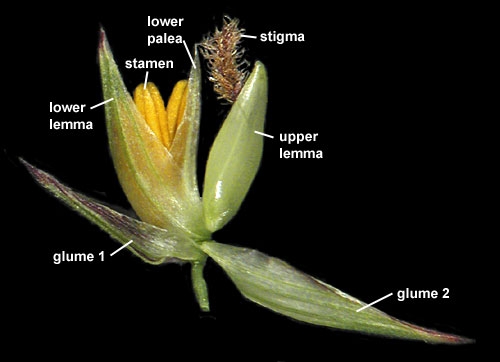Why Are Flowers Pretty?
Beauty is in the Eye of the Beholder
While many people find flowers mesmerizing, it is important to remember that flowers come in far more shapes, sizes, and colors than most of us could see in an entire lifetime. They are an extremely diverse example of success in the current biological world and our lives completely depend on these flowering plants.
Hormones Aren't Just for Atheletes
Some flowers possess an entrancing, radial symmetry while others seem to lack symmetry all together;
these complex shapes are all produced by plant hormones during organ development.
Just like humans grow and respond to hormones during embryo development and beyond, so too do plants. 
Here we see the natural 'layers' or 'whorls' of a flower. By using antibodies to stain specific genetic components, scientists can take precise sections of plant tissue and see where these genes are active. This helps us to understand what drives these processes and which cells are responsible for floral development.
Here we see bright green signal (GFP) where a plant hormone (auxin) is accumulating to initialize floral development.
These points and their spacing determine the symmetry of petals, sepals, and other floral parts.
Secondary metabolites (those not necessary for life) also create the rich array of colors and scents we enjoy in flowers.
A Rose - Natural or Not?
While we humans tend to find roses with more petals more beautiful, the bees disagree.
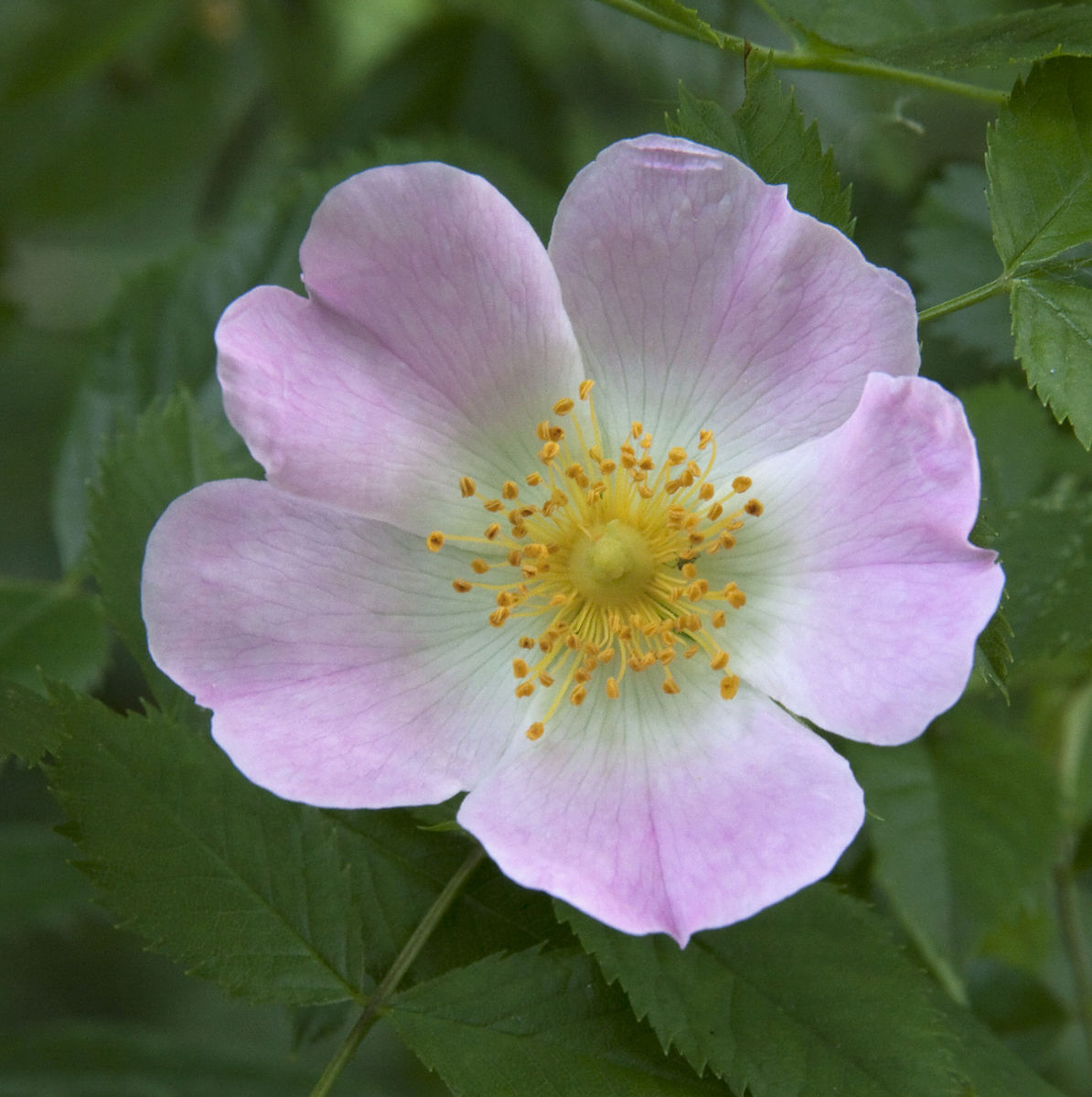
Natural roses have only one whorl of 5 petals; they often emit aromatic secondary metabolites and always produce nutrient-rich pollen. In nature, the wild roses' tempting smell alerts pollinators to their rich, pollen reward and their colors often help guide insects to the prize.
The plants win - they get an assist with sexual reproduction - and the pollinators win - they get dinner.
The roses humans covet are mutants.

It has been well documented in many flowering plants that certain types of gene duplications can cause this type of floral organ duplication, but it can also result in sterility, as it does in many varieties of cultivated roses - these are kept alive by propagation, which is common in plants.
The Japanese gentian flower has a naturally occuring mutant variety with petal duplications that cultivators find attractive.
Plenty of Beauty is Natural

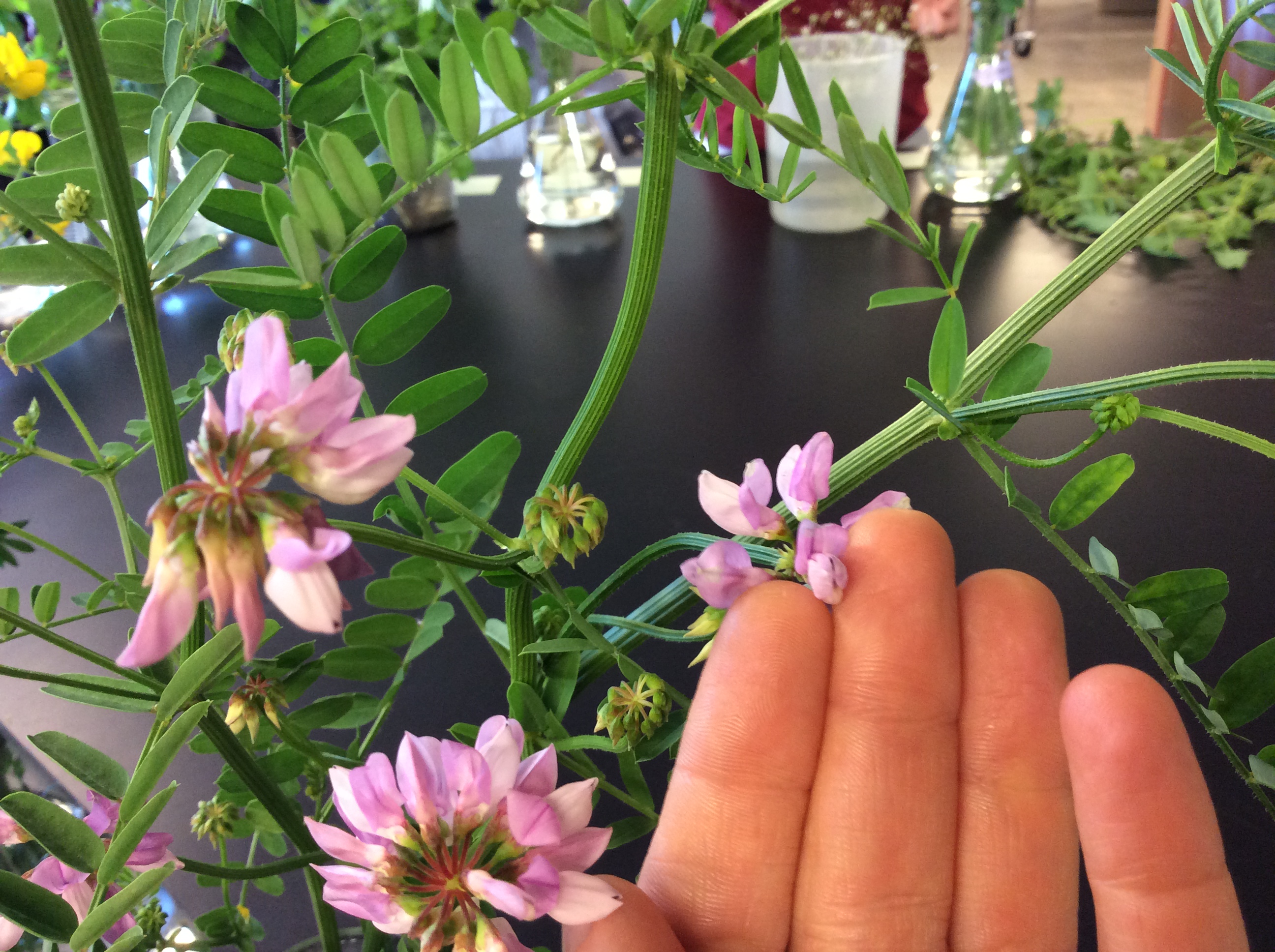
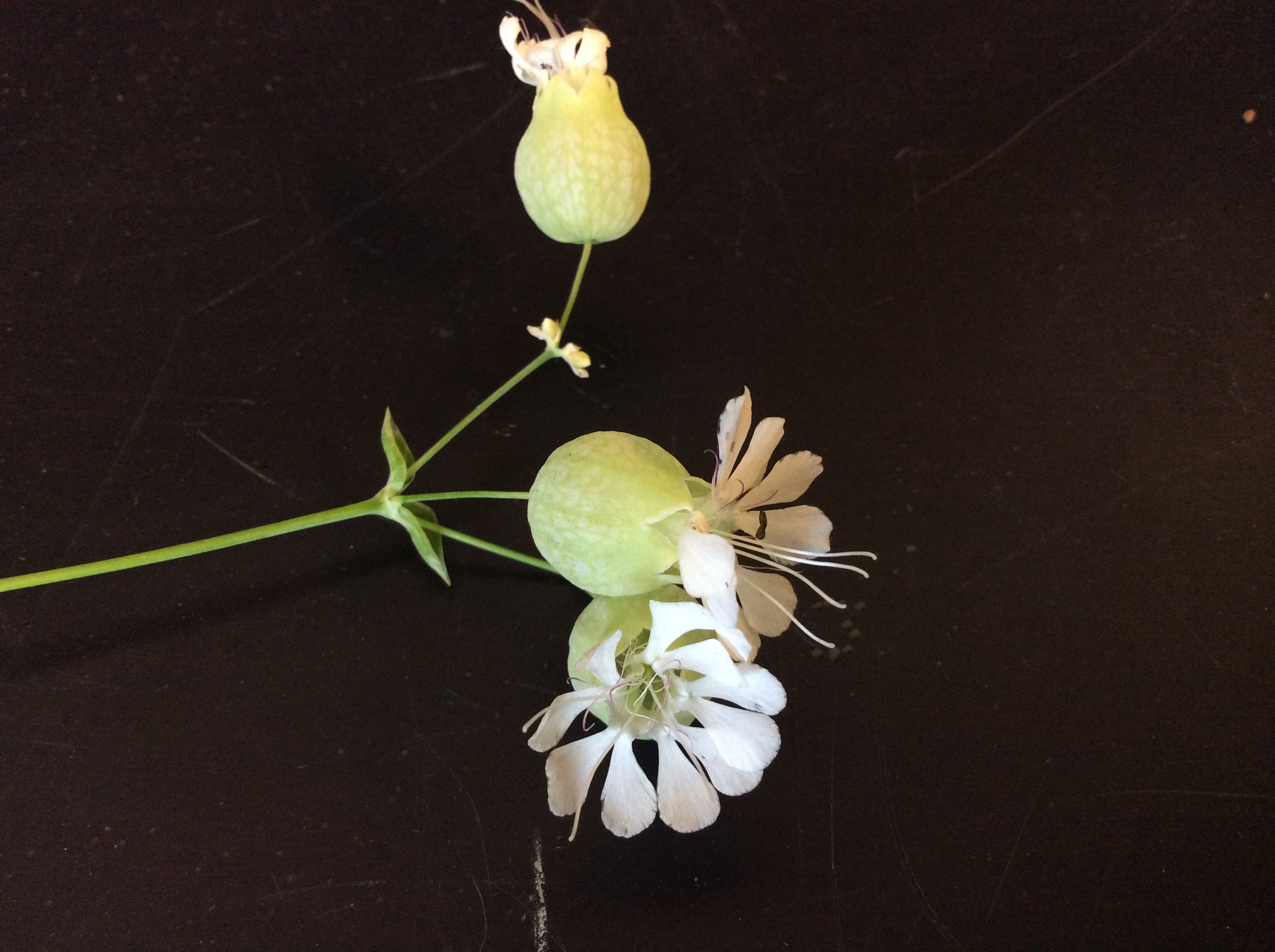
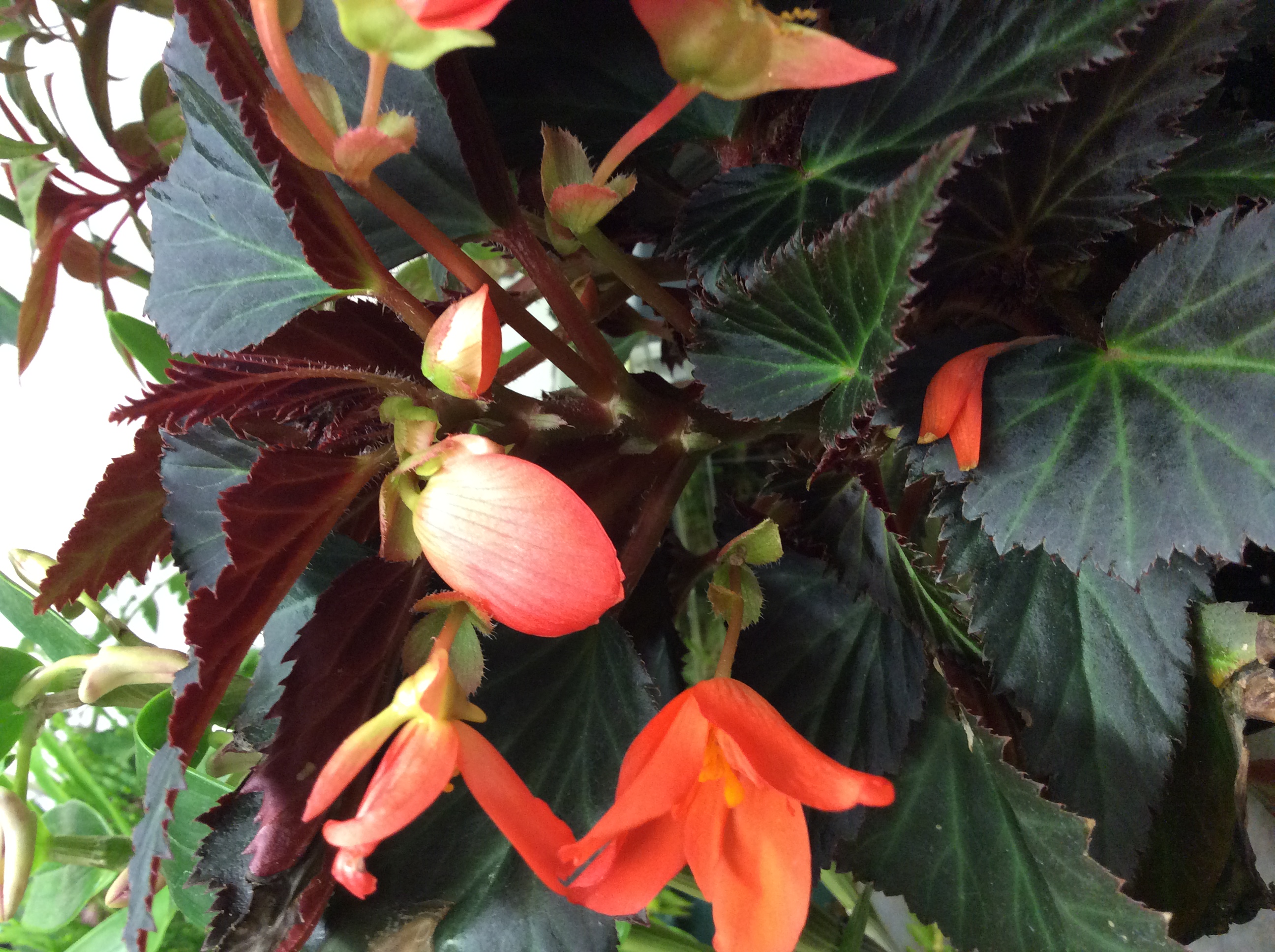
Since beautiful flowers and inflorescences come in so many colors, sizes, and shapes, there's plenty to chose from when you're planning your garden or window box.
Flowers are the Bee's Knees
Help a pollinator out and consider planting water-conserving, native plants that offer real rewards to bees, butterflies, birds, etc.



